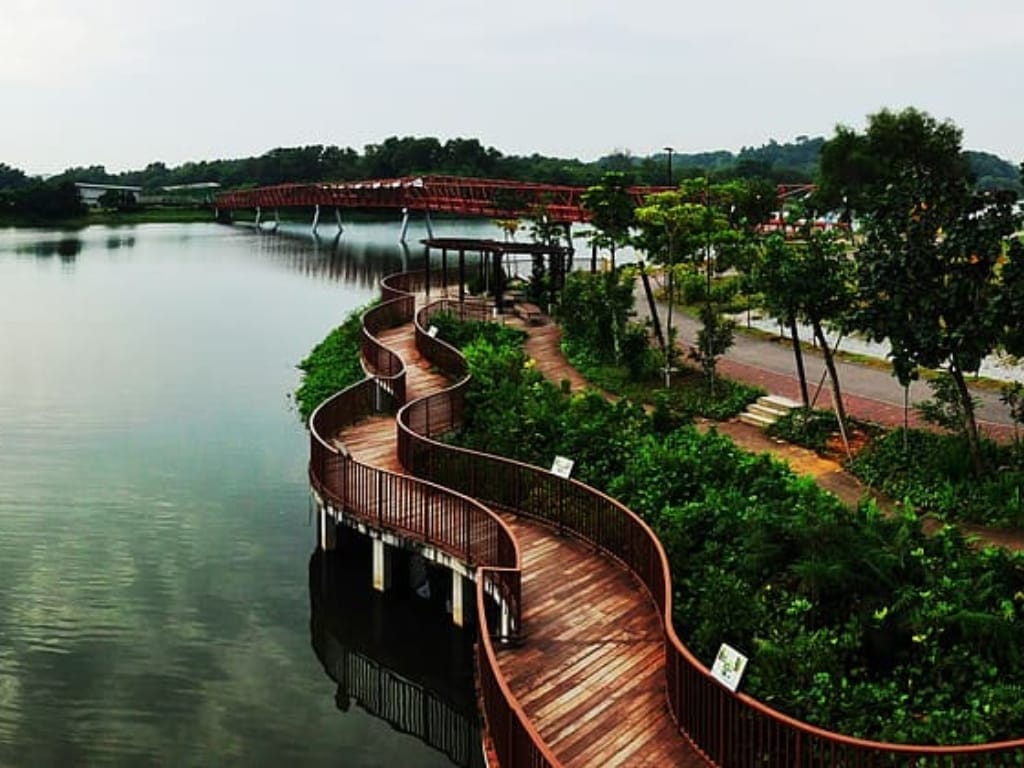10 Surprising Facts About Punggol
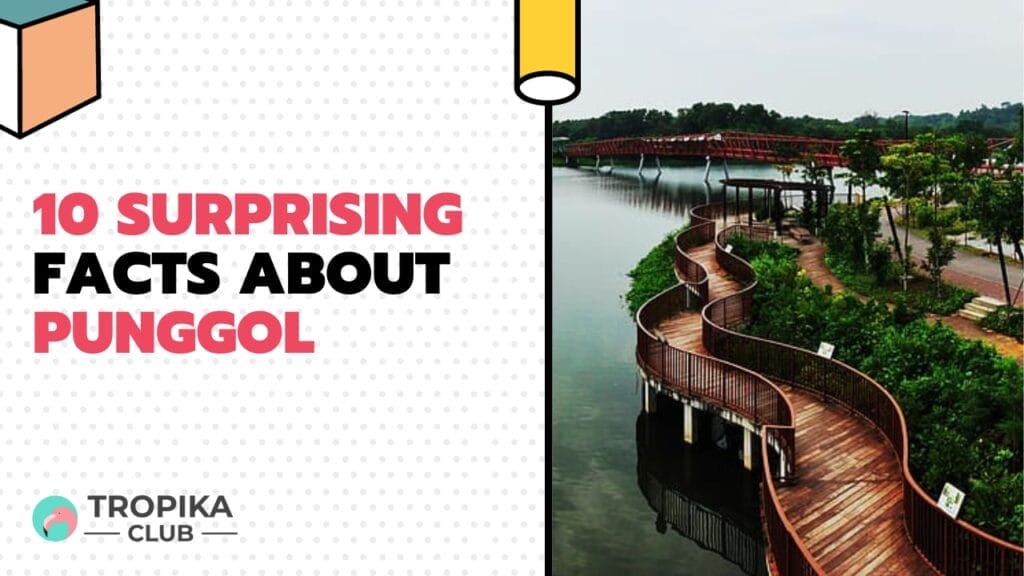
No Time to Read? Here’s a Snappy Summary of This Article
- Punggol’s Multicolored Waterfront: Punggol boasts a stunning waterfront, with a kaleidoscope of colors reflecting in the water at sunset.
- Singapore’s Own Horse Ranch: Believe it or not, Punggol is home to Gallop Stable, Singapore’s first public horse ranch.
- Floating Wetland and Wildlife: Punggol Waterway Park features a floating wetland that’s home to diverse bird species and aquatic life.
- Secret Beach Getaway: Find a hidden beach in Punggol known as Punggol Beach, where you can enjoy a quiet escape.
- Coney Island’s Wild Adventure: Experience the untouched beauty of Coney Island, a rustic park with an abundance of natural charm.
- Waterway Terraces’ Green Rooftops: Punggol’s eco-friendly Waterway Terraces apartments feature lush rooftop gardens with stunning panoramic views.
Table of Contents
- No Time to Read? Here’s a Snappy Summary of This Article
- 1. The Meaning of Punggol
- 2. The Punggol Kampong Days
- 3. Punggol’s Battle Scars
- 4. The Punggol Waterway
- 5. Punggol’s Eco-Friendliness
- 6. Punggol Digital District
- 7. Hidden Culinary Gems
- 8. Punggol’s Floating Wetlands
- 9. The Punggol Ranch
- 10. Punggol’s Future Developments
- Meanwhile, Check Out Tropika Club’s Ecosystem of Websites
Introduction
Punggol, a name that often evokes images of new HDB flats and waterfront living, is a locale that has undergone significant transformation over the years. Yet, beneath its modern façade lies a tapestry of history, culture, and hidden treasures that many Singaporeans are unaware of. In this article, we delve into 10 surprising facts about Punggol that will not only enrich your understanding of this vibrant neighbourhood but also make you appreciate the multi-faceted charm that is uniquely Singaporean.
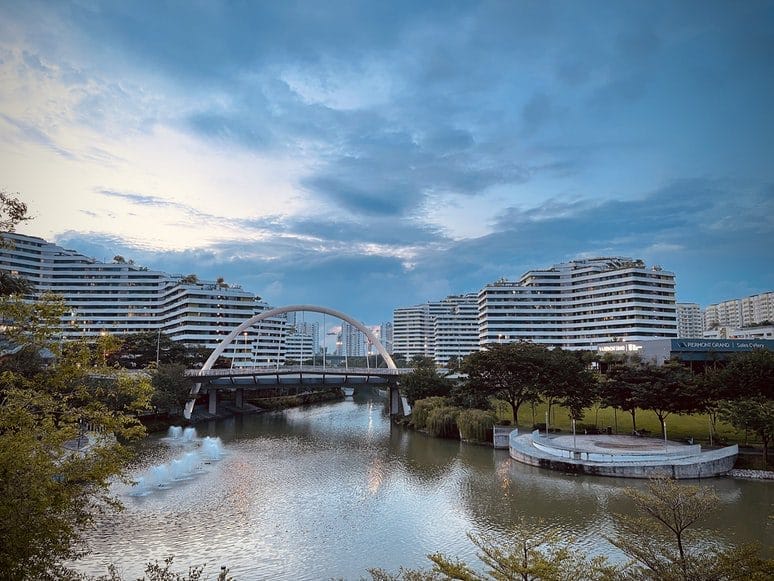
1. The Meaning of Punggol
The name “Punggol” is believed to originate from the Malay term “Ponggol,” which refers to a wooden stake used to support fishing nets. This is a nod to the area’s historical roots as a fishing village. For decades, Punggol was a rural enclave where fishing and farming were the primary occupations. The name itself encapsulates a significant part of Singapore’s cultural and occupational history.

2. The Punggol Kampong Days
Before its modern transformation, Punggol was a collection of kampongs or villages. These kampongs were a microcosm of Singapore’s diverse culture, housing Chinese, Malay, and Indian communities. The residents lived in close-knit communities, sharing resources and celebrating festivals together, a stark contrast to the high-rise lifestyle that defines Punggol today.
3. Punggol’s Battle Scars
During World War II, Punggol was the site of the Sook Ching Massacre, a dark chapter in Singapore’s history. The area’s secluded beaches were used for the execution of Chinese civilians suspected of being anti-Japanese. Today, the region has moved past this grim history, but it serves as a poignant reminder of the sacrifices made by earlier generations.
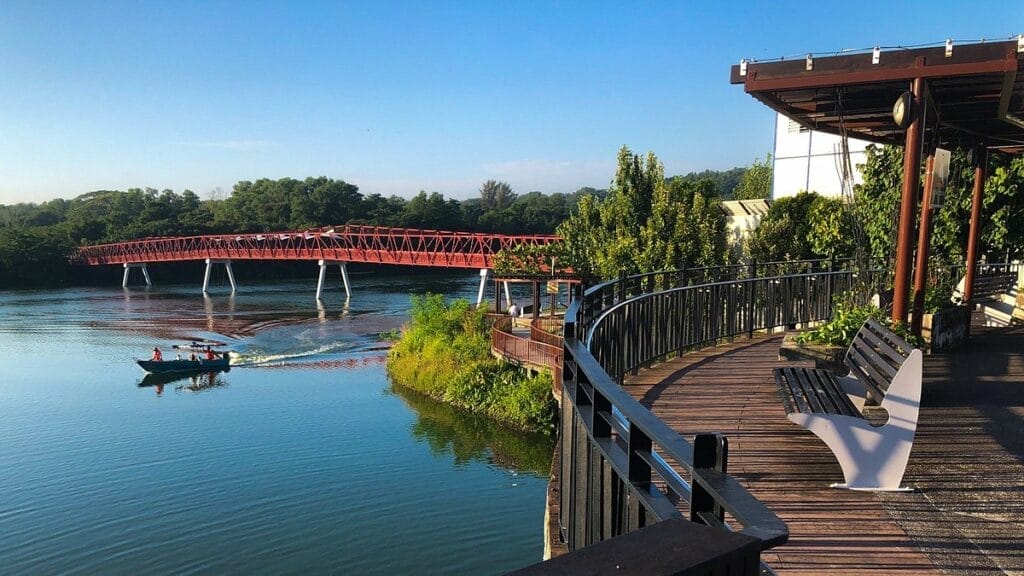
4. The Punggol Waterway
Often dubbed as Singapore’s “Venice of the East,” the Punggol Waterway is a man-made river that stretches over 4.2 km. It serves both aesthetic and functional purposes, providing a scenic backdrop for residences while aiding in drainage and flood control. The waterway is a testament to Singapore’s innovative urban planning.
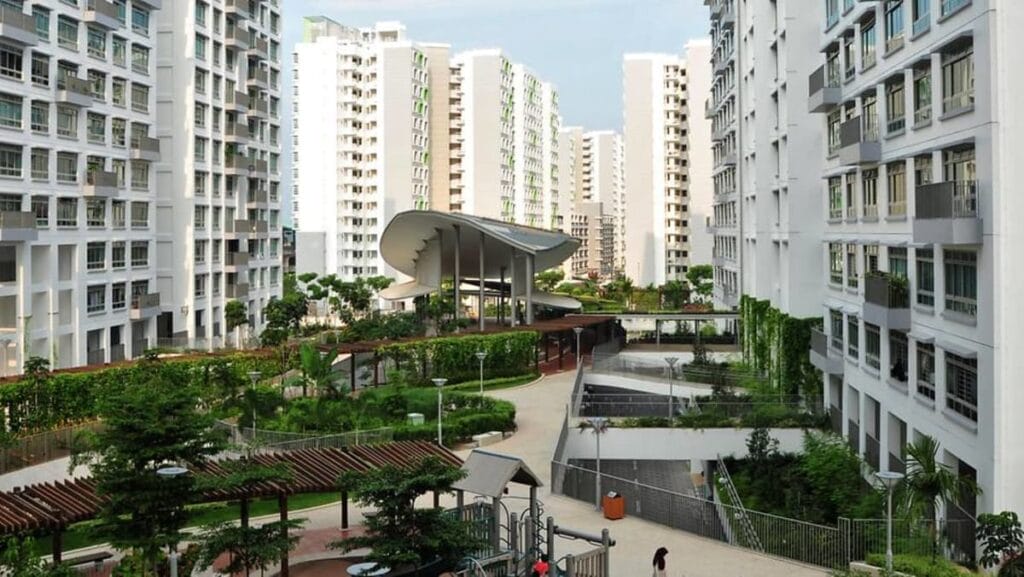
5. Punggol’s Eco-Friendliness
Punggol is slated to become Singapore’s first eco-town. The government has plans to incorporate green technologies like solar power, effective waste management systems, and sustainable public transport options. This aligns with Singapore’s broader vision of becoming a more sustainable and eco-friendly nation.
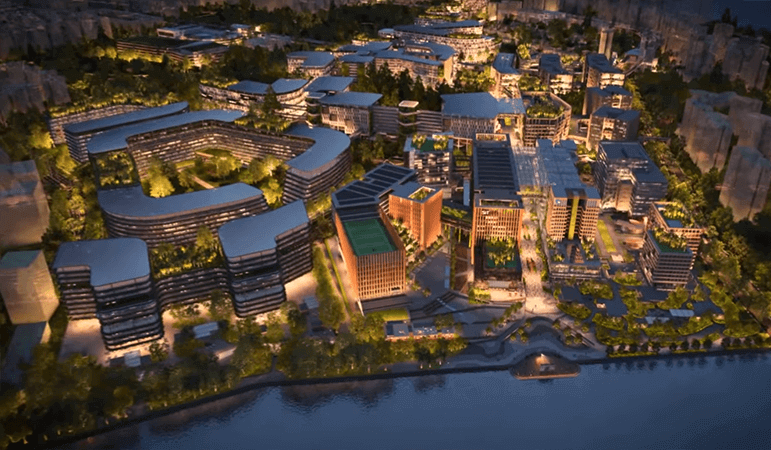
6. Punggol Digital District
The Punggol Digital District is set to become a hub for key growth sectors of the digital economy, including cybersecurity and artificial intelligence. This initiative aims to create 28,000 jobs, contributing significantly to Singapore’s economic landscape.
_
Read Also:
Top 10 Things to do at Punggol, Singapore
_

7. Hidden Culinary Gems
Punggol is home to a variety of dining options that cater to diverse tastes. From waterfront seafood restaurants to cozy cafes, the area offers a culinary experience that is both rich and varied, making it a food lover’s paradise in Singapore.
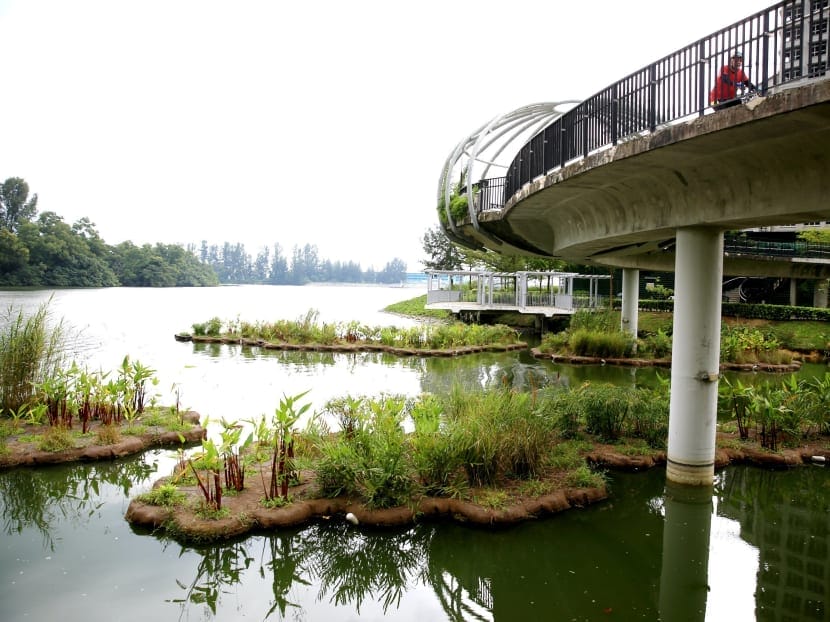
8. Punggol’s Floating Wetlands
One of the unique features of Punggol is its floating wetlands, situated in the Punggol Reservoir. These wetlands serve as a natural habitat for flora and fauna, and they also act as a natural water filtration system. It’s a perfect blend of nature and technology.
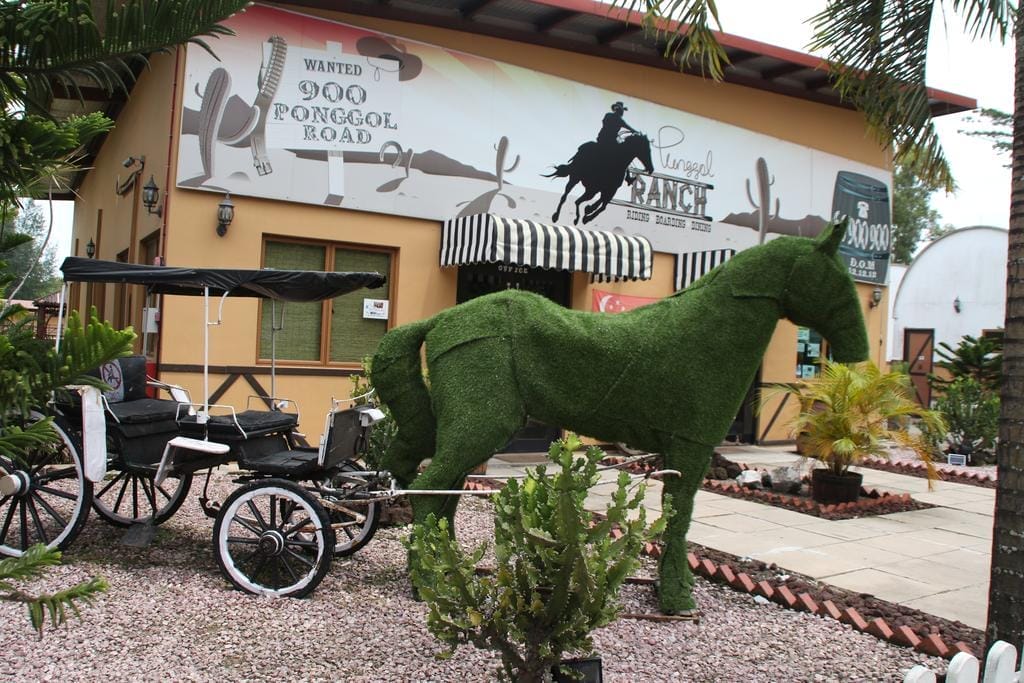
9. The Punggol Ranch
Believe it or not, Punggol has its own ranch! Gallop Stable, located in Punggol, offers horse-riding lessons and other equestrian activities. It’s a surprising and delightful escape from the urban jungle, providing a unique recreational option for residents and visitors alike.
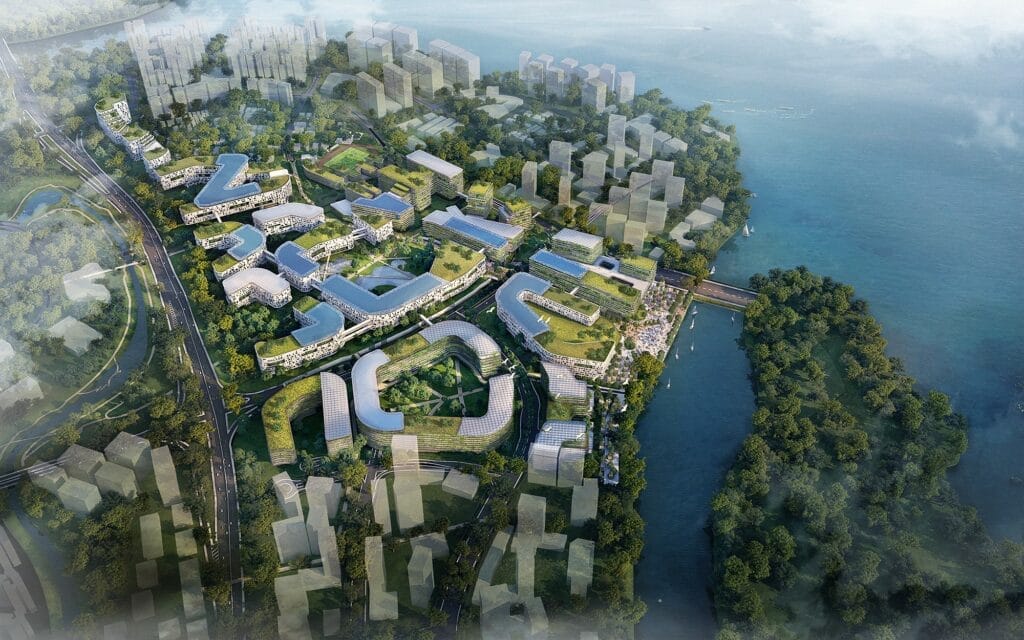
10. Punggol’s Future Developments
The future of Punggol looks promising with several upcoming developments, including new shopping malls, schools, and healthcare facilities. These additions aim to make Punggol a self-sufficient town, reducing the need for residents to travel to other parts of Singapore for amenities and services.
Conclusion
Punggol is more than just another residential area in Singapore; it’s a neighbourhood teeming with history, innovation, and a dash of the unexpected. From its humble beginnings as a fishing village to its current status as a burgeoning eco-town, Punggol encapsulates the essence of Singapore’s ever-evolving landscape. As we’ve discovered, there’s more to Punggol than meets the eye, making it a fascinating microcosm of the larger tapestry that is Singapore.
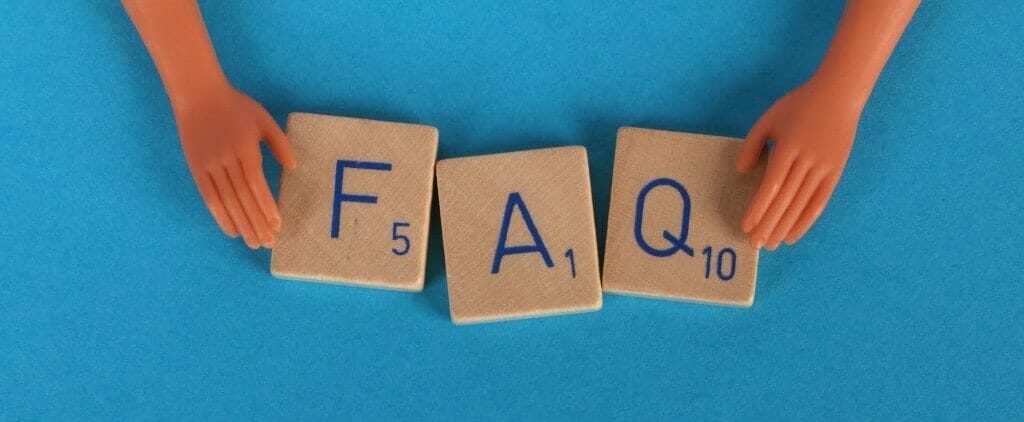
Frequently Asked Questions (FAQ)
Q: What are the must-visit attractions in Punggol, Singapore?
A: Punggol has a variety of attractions, including Coney Island, Punggol Waterway Park, and Punggol Beach.
Q: Can you swim in Punggol Beach, and is it safe?
A: Yes, you can swim at Punggol Beach, but always follow safety guidelines and be mindful of currents.
Q: Where can I find Gallop Stable in Punggol?
A: Gallop Stable, Singapore’s first public horse ranch, is located at Punggol Ranch.
Q: What is unique about Punggol’s Waterway Terraces apartments?
A: Waterway Terraces apartments feature eco-friendly green rooftops with panoramic views and lush gardens.
Q: How do I get to Punggol’s hidden beach?
A: To reach Punggol’s hidden beach, you can take a short walk from Punggol Point Park.
Q: What is the significance of the floating wetland in Punggol Waterway Park?
A: The floating wetland in Punggol Waterway Park is a habitat for diverse bird species and aquatic life, contributing to local biodiversity.

Have an Article to Suggest?
Tropika Club is always looking for new and exciting content to feature in their magazine and they value the input of our readers. If you have any noteworthy content or articles that you believe would be a great addition to Tropika Club’s magazine, we are open to suggestions and encourage you to reach out to us via email at [email protected]. By doing so, Tropika Club values your expertise and knowledge in the matter and appreciates your willingness to help. We will review your recommendations and update our list accordingly
Meanwhile, Check Out Tropika Club’s Ecosystem of Websites
Tropika Club Magazine – Tropika Club Magazine is a Singapore-based publication that features articles on a wide range of topics with a focus on local businesses and content for the region. The magazine emphasizes supporting local businesses through its #SupportLocal initiative, which includes coverage of everything from neighborhood hawker stalls to aesthetic clinics in town. In addition to highlighting local businesses, Tropika Club Magazine also covers a variety of local content, including beauty, lifestyle, places, eats, and what’s on in Singapore and the Asia Pacific region.



